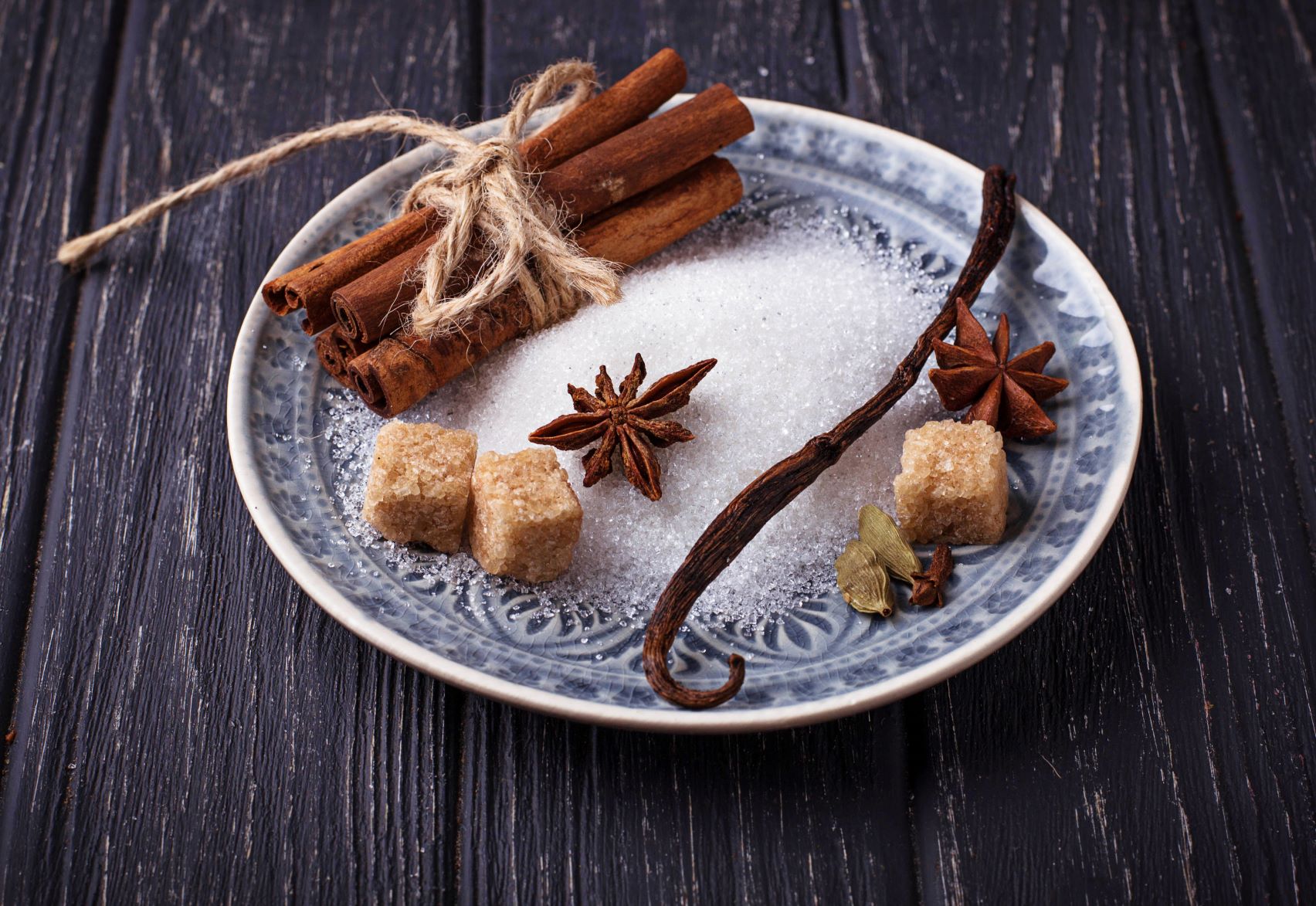She’s sweet and spicy; basically fearless. A beautiful winter combination and definitely one of my favourite creations thus far!
INGREDIENTS
CAKE 280g butter, softened 500ml castor sugar 2 oranges, juice and zest 6 large eggs 200ml plain yogurt 10ml vanilla essence 750ml cake flour 5ml bicarbonate of soda 10ml baking powder 2,5ml salt 5ml cinnamon 5ml mixed spice (ginger, gloves, nutmeg) 2ml cardamom spice (Tip 1) ORANGE SYRUP 250ml orange juice 1 lemon, juice and zest 12,5ml orange zest 125ml sugar 2,5 ml salt CREAM CHEESE ICING 200g butter, softened 400g icing sugar, sifted 230g cream cheese 5ml vanilla essence Pinch of salt 30ml instant chai latte/black chai tea (optional)
METHOD
CAKE 1. Preheat the oven to 170°C. 2. Prepare two round cake tins (21-23cm) with baking paper and non-stick spray. 3. In a large bowl, using an electric mixer, cream the butter and castor sugar until light and fluffy (5-10 minutes). 4. Add the orange zest (±40ml) and mix well. 5. Add the eggs, one at a time, and combine well after each addition. 6. Mix the orange juice (±80ml), plain yogurt and vanilla and add it to the cake batter. Mix well. 7. Sift together all the dry ingredients over the cake batter and mix until just combined. 8. Divide the cake batter between the prepared cake tins and spread evenly. 9. Bake the cakes in the middle of the oven for 40-45 minutes. Remove the cakes from the oven and allow to rest for 5 minutes before loosening the sides and demoulding onto cooling racks. Allow to cool face down. 10. Once the cakes are completely cooled, cut each layer in halve to create 4 cake layers (Tip 2). Gently drip each cake layer with the orange syrup. ORANGE SYRUP 1. In a medium pot, mix together all the ingredients. 2. Bring the mixture to boiling point, stirring continuously for about 5 minutes until slightly reduced and thickened. CREAM CHEESE ICING (Tip 3) 1. In a medium bowl, cream the butter with an electric mixer until light, fluffy and pale (5-10 minutes). This is the most important and time-consuming step. 2. Add the icing sugar, one tablespoon at a time, until well combined and creamy. 3. Add the cream cheese, vanilla, salt and chai spice. Mix until just combined (Tip 4).
TIPS 1. If you don’t have any spices stocked up, you can place 4 chai tea bags in a bit of boiling water, about 30ml. Allow the water to infuse for about 15 minutes before removing the tea bags and adding the liquid to the cake batter. 2. To ensure an even layered cake, I weigh the cake batter in each cake tin before baking. I also use a piping bag to evenly spread the icing between the cake layers. 3. If you don’t want to flavour the cream cheese icing with chai spices, you can add the zest of an orange instead. Play around with the flavours you prefer. 4. If you’re not using the icing right away, don’t refrigerate it; the butter will firm up and it will be difficult to spread the icing onto the cakes. Keep the icing at room temperature, covered with plastic wrap.










